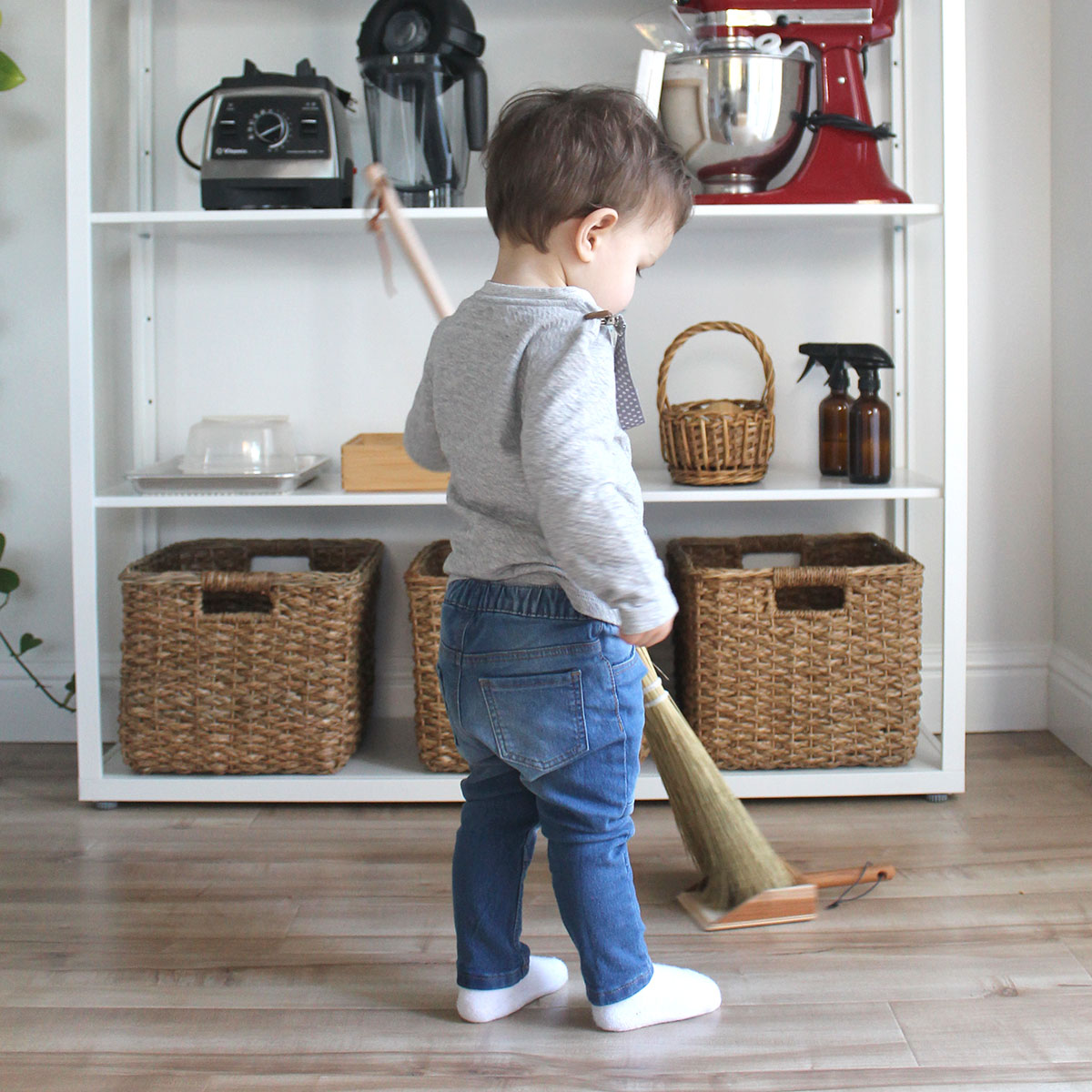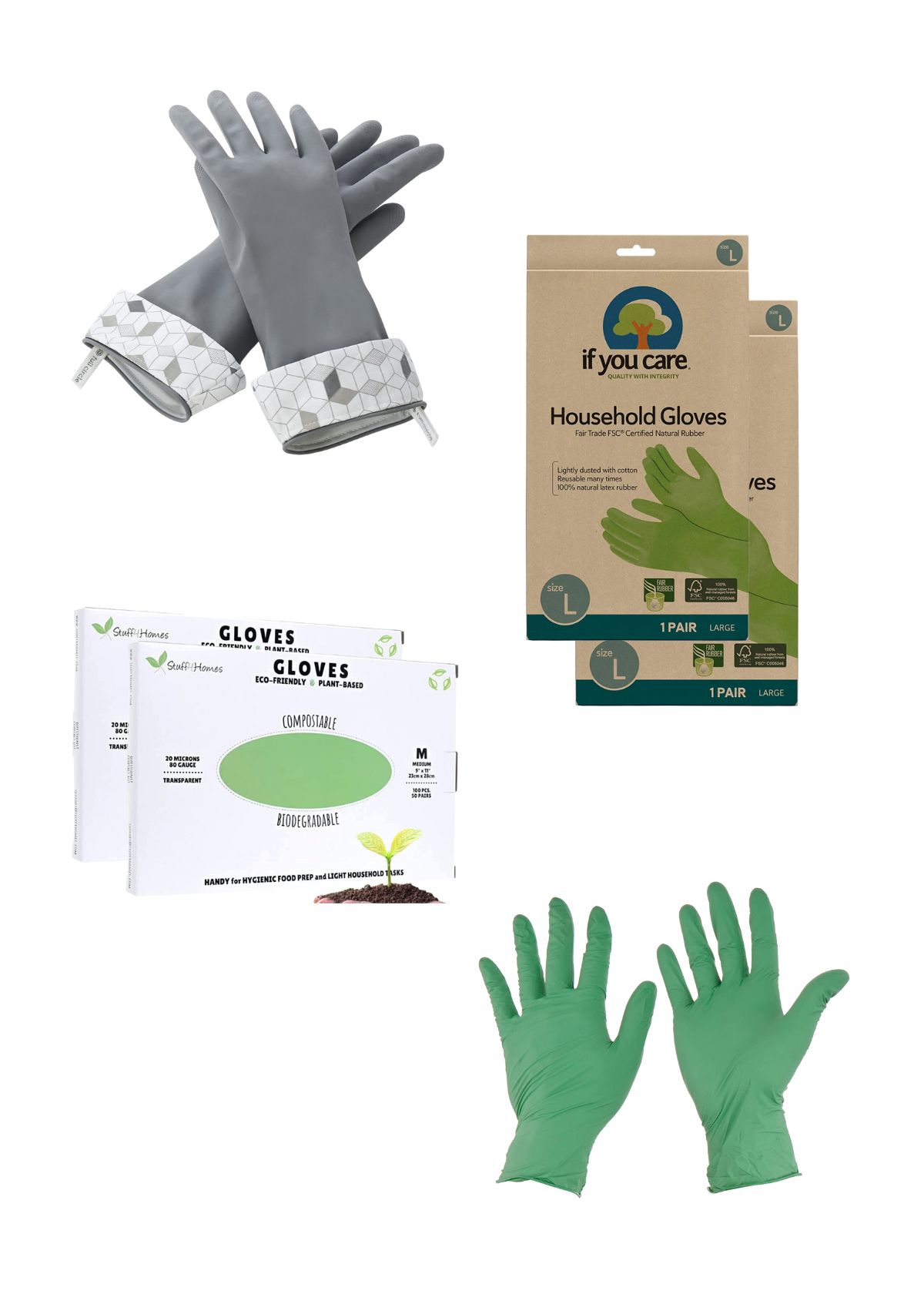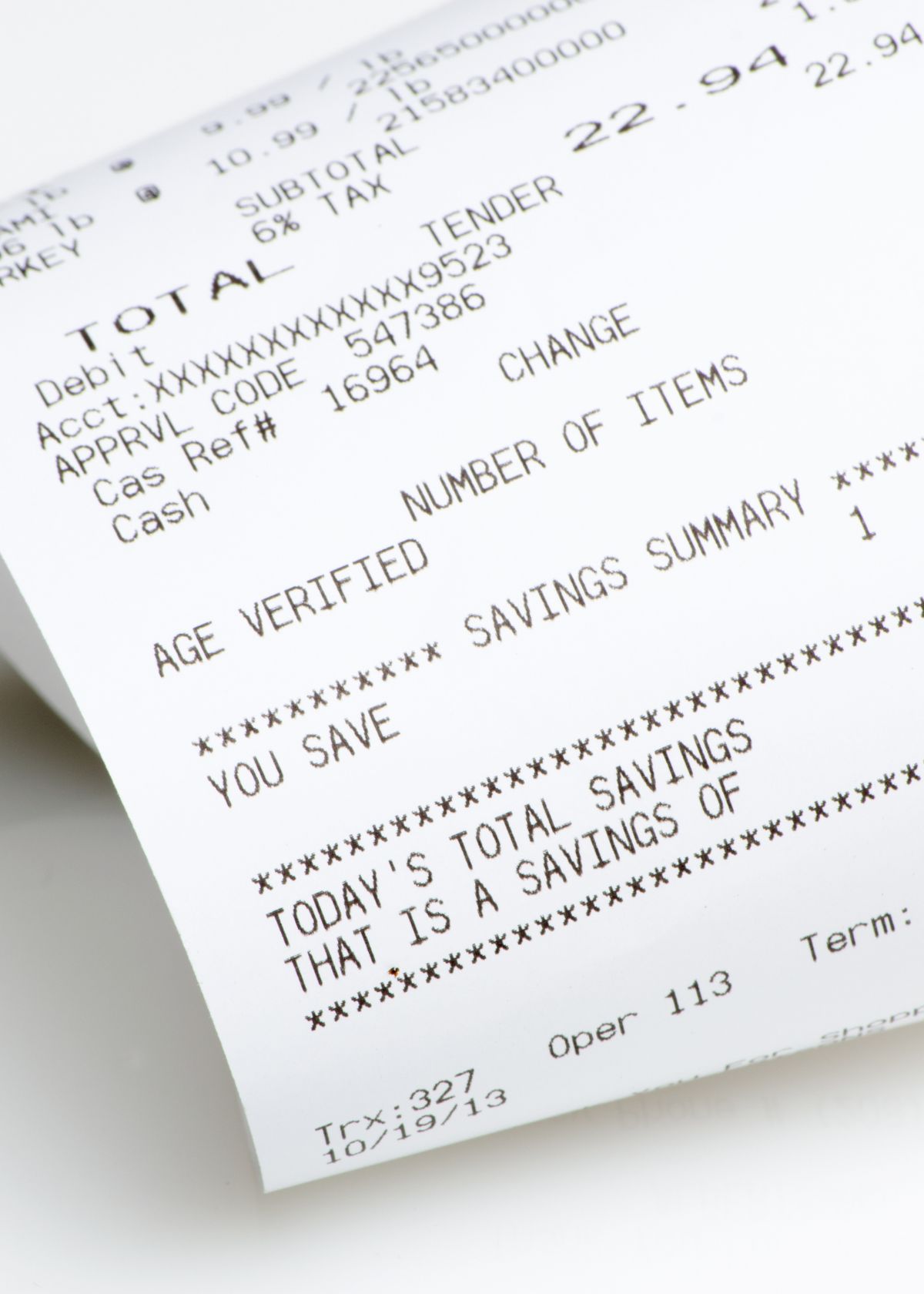Zero Waste Baby Food Essentials

When I was navigating early motherhood, I remember feeling disappointed by the overwhelming list of plastic, single-use baby food items on the market and the severe lack of reusable alternatives. I wanted to feed my baby clean, healthy, zero waste baby food and I didn’t know where to start!
It took a LOT of trial and error, which is exactly why I wanted to share what I have learned. I want you to avoid the frustration I experienced! Below I am detailing the reusable baby feeding products I would invest in if I was to do it all over again. Nothing more, and nothing less.
Zero Waste Baby Food Essentials
- Instant Pot / Stainless Steel Steamer / Bamboo Steamer
- Food Processor
- Silicone Ice Cube Trays
- Reusable Freezer Bags
- Silicone Food Pouches
- Glass Jars
- 18/10 Quality Stainless Steel Toddler Utensils Set
Zero Waste Purees vs Baby Led Weaning
There seem to be two camps when it comes to introducing babies to foods: the puree camp, and the baby led weaning camp. Personally, I enjoyed experimenting a little with both as my son grew more comfortable with eating!
When it comes to zero waste baby food prep, baby led weaning is the simpler option. But in my experience, I was happy to give my baby soft foods at home where I knew I wouldn’t worry about the inevitable mess. At restaurants and friends houses, I felt much more comfortable with spoon feeding my baby purees. It helped to avoid ending up with messy chunks of avocado on their floor.
The thing is, I couldn’t find any plastic-free, low waste baby food puree options in grocery stores that were also organic, affordable, and met my standards for food production and distribution (if you know of good options, please share!). So DIY it was! I’ll explain exactly how I did it with the lowest level of effort (and time!) possible in the sections below.
Regardless of how you feel about purees vs baby led weaning, you should absolutely talk to your pediatrician before you start your baby on any solid foods.
Zero Waste Baby Food Puree Supplies
If you have any chance of exclusively feeding your child homemade purees (especially while also working full time and not losing your mind), you are going to need to equip yourself with a few tools.
Steamer / Instant Pot
If you don’t already own an Instant Pot, but you’re interested in feeding your child organic, home cooked foods then I HIGHLY recommend investing in one. It simply saves you so much time. Toddlers go to bed early so toddlers eat dinner early. If you don’t have a dinner option prepared by the time everyone is home from work/daycare it’s a RUSH to get food on the table before everyone starts to melt down. An Instant Pot is so helpful in these situations.
Speaking of time efficiency, I tried my best to knock out 5-6 (sometimes more) different single-ingredient purees in one session every 1-2 weeks.
Here’s how my puree prep would often go: First, I would boil water to steam chopped veggies on our stove top (broccoli, cauliflower, etc.). At the same time, I would steam tougher veggies like sweet potatoes, carrots, or winter squash in our Instant Pot. Sometimes, I’d also bake fruits (apples) to soften them in the oven. The slow cooker is another low touch way to cook fruits like apples before pureeing!
Food Processor / Blender
While all of these fruits and veggies were being steamed and cooked, I would get to work pureeing other fruits that are naturally soft in our food processor. That mostly included bananas, avocados, and very ripe pears. Puree, empty, rinse, repeat.
After an hour or two I would end up with a solid batch of 4-8 fruit and veggie purees that would last us for 1-2 weeks.
If that system sounds overwhelming, ignore it and create your own! Maybe it feels more attainable to tackle one puree a night instead (there were certainly weeks where this was the case for me, too).
The only rule I consistently followed was making single ingredient purees. I would freeze these in ice cube trays and over time experiment with food combos (e.g. banana + avocado + peas) by defrosting a variety of puree cubes together..
If you’re feeling lost about exactly what ingredients to start with, I found The Big Book of Organic Baby Food to be a helpful guide. Lots of fun ideas for how to combine single ingredient purees with spices to expand your child’s palate.
Silicone Ice Cube Trays
Once you puree, the next step is to freeze. I started out by filling little 4 oz ball jars with food and plopping those in the freezer thinking it would be easier to grab and go. Wrong!
Put those purees into ice trays. You can always defrost cubes in the ball jars to make for easier spoon feeding later. The reason you want puree cubes is so you can easily control the volume of food (less chance of waste) and the ingredient combinations in future baby meals.
So why does silicone matter? It’s just so much easier to remove the frozen purees from silicone trays vs plastic or stainless steel versions. And we are trying to make this process as easy as possible, remember?
If you’re pureeing in bulk, you’ll need a ton of trays – I recommend starting with 3 or 4 so you can experiment with batch cooking without limited tray space holding you back. You can always buy more later if you need them. I like these because they’re stackable which means a better use of space in my freezer!
Reusable Freezer Bags
- Reusable Freezer Bags
- Biodegradable Tape (for labeling) – or masking tape / painters tape if you already have some
Once you freeze, next you store. I have a tiny freezer, so my goal is always to maximize space (remember, you might also be storing pumped breast milk in there as well, not to mention regular adult food!). Traditional food storage containers are fabulous, but I found that reusable silicone gallon bags worked extremely well for me.
I added each puree to its own bag, then labeled the bag by date and by ingredient. I used masking tape / painters tape and a Sharpie pen that we already had on hand to label my silicone bags. There are also biodegradable tape options if you want to be mindful of waste!
With that said, reusable freezer bags aren’t exactly cheap when you need to stock up on a bunch (we’re batch cooking here, remember?). So if you opt for more affordable Ziploc freezer bags, then perhaps try to wash and reuse each bag a few times before tossing to minimize your waste.
Remember, perfection is not the goal here – do your best and forget the rest, mama!
Silicone Food Pouches or Glass Jars
- Silicone Food Pouches – an awesome baby registry addition!
- Glass Jars
Speaking of not being perfect, I have a confession to make. There were a solid number of times when I broke down and purchased those incredibly convenient (yet incredibly wasteful) plastic baby food pouches from the grocery store.
Let me tell you, there is a reason those pouches are so popular! It is SUPER easy for a baby to eat directly from the mouth of the pouch – no need to pack a separate spoon. Almost no mess, no required refrigeration, and incredibly convenient when traveling or out and about.
But guess what I recently discovered? There exist reusable food pouches! It is possible to enjoy the convenience of pouch feeding on the go without generating NEARLY as much waste.
If I were to do it all over again, I’d load up on these reusable food pouches. You could probably pop a few frozen cubes inside at night so by the next day you have thawed, waste-free, conveniently “packaged” baby food puree pouches to feed to your baby. Bonus: pouches are lightweight and easier to pack in a diaper bag than jars – that diaper bag space is precious (here is the inexpensive diaper backpack we use and love)!
With that said, those reusable pouches aren’t cheap and it’s also not hard to manage with baby food jars. I still use our 4oz jars for packing snacks. I also often set one out at my toddler’s table setting so he can practice transferring food from his plate to his jar (a helpful distraction to minimize food throwing).
Here are a few ways to thaw your puree cubes:
- Place a few puree cubes in a jar or a pouch to thaw overnight in the fridge.
- Fill a bowl with hot water (I’d even ask for this at restaurants if we were out for a meal) then set your jar (or your pouch) filled with the cubes in the bowl (of course, make sure the top of your jar is above the water line) and let them thaw until they’re soft (but not hot) and ready to spoon to your baby.
- Lastly, there were plenty of mealtimes when I popped those puree cubes into our microwave until they were spoon-ready.
Baby Spoons
Speaking of spoons, whether you choose to invest in reusable food pouches or glass jars, it is a good idea to also have a baby spoon handy when feeding purees. Even when my son learned how to eat directly from a pouch, eating from a spoon was great practice to get him ready for eventually feeding himself with one.
We tried a handful of baby spoons but my favorite comes from a full set of toddler utensils (spoons, forks, and dull knives). This is a high quality set that will grow with your child! I don’t anticipate buying anything else until my son is old enough to graduate to our adult cutlery (which he sometimes manages already at 18 months old).
High Chair
I have another confession to make: I purchased three different high chairs / booster seats. This is wildly unnecessary and I wish I had known what life would be like when my son was older before making these purchases! I’ll explain each chair we tried and include my pros and cons.
Inglesina Fast Table Chair and Tray:
I chose to register for this because I liked its low profile aesthetic, but here are the pros and cons based on my experience.
PROS:
- It is foldable and can easily be stored in a small space.
- I also liked the romantic (albeit, impractical) idea of using it at restaurants.
CONS:
- What I didn’t anticipate was just how annoying this would be to keep clean. My son took a liking to sucking on the arm rests in between bites of food. No matter how well I scrubbed, it just never felt very clean.
- Unless you have this hooked up to a stone countertop slab, you will definitely need something to protect the surface of your table. I ended up buying the tray attachment which helped a little but we still had to detach the entire chair in order to properly clean the bits of mushy food that inevitably found its way under the arms.
Ikea Antilop High Chair:
We bought this guy because eventually I could no longer stand cleaning our Inglesina Fast Table Chair. I was feeling desperate for a no-frills alternative. This Ikea high chair is actually fantastic.
PROS:
- It’s super easy to clean, inexpensive ($20), and blends nicely with most decor styles.
- If you remove the tray, it can also slide right up to the dinner table like just another chair.
- If you have more than one kid in a high chair (e.g. twins), these also stack up nicely.
- Lastly, the safety strap works well in case you have a climber (we sure did).
CONS:
- While the chair is mostly low-profile, the legs splay out fairly wide so it’s tough to scootch in at an already cramped dinner table.
- The tray requires a lot of effort to remove and if any crumbs are sitting on the tray during removal they will surely pop off and end up on the floor.
- Lastly, it’s a very plastic, non-sustainable product.
But because it’s so popular, I am confident that you can find one second hand on sites like Facebook Marketplace in your neighborhood. Check there first, I have seen them go for $5-$10 in my neighborhood!
Inglesina Booster Seat:
This was the option my mom originally purchased for her house. She bought it because she liked that she could plop it in the center of her big kitchen island and feed Ford at standing height (although that’s technically not recommended for safety reasons). Once he grew out of that phase, she gave it to me because it didn’t fit very well on her kitchen chairs. We have used it at our kitchen table ever since and really like it!
PROS:
- My favorite part is how well it grows with your kid. My toddler also really likes sitting at the table just like me and my husband during meals.
- It’s lower profile than a full on high chair – just tuck it into your table and it’s barely noticeable!
CONS:
- Again, it’s a plastic product which isn’t exactly “sustainable.” If that bothers you, it’s also very easy to find versions of this booster seat available second hand on Facebook Marketplace or other local reselling sites.
My Zero Waste Baby Philosophy
Now that I have shared the ways in which I was able to feed my baby with minimal waste, I also want to share my philosophy on zero waste babyhood.
I don’t believe that 100% zero waste baby raising is a realistic expectation for us to put on ourselves.
There is enough stress that innately comes with being a parent (especially a new parent). So when it comes to zero waste baby raising, I do not believe that perfection should be the goal. Let’s all give ourselves some grace when we occasionally stock up on emergency food pouches and individually wrapped baby crackers. As the saying goes, do your best and forget the rest!
Lastly, if you are an expecting parent putting together a new baby registry, definitely look at my newborn minimalist essentials list! It’s a truly exhaustive list of EVERYTHING we considered an “essential” during our newborn phase – nothing more and nothing less.






